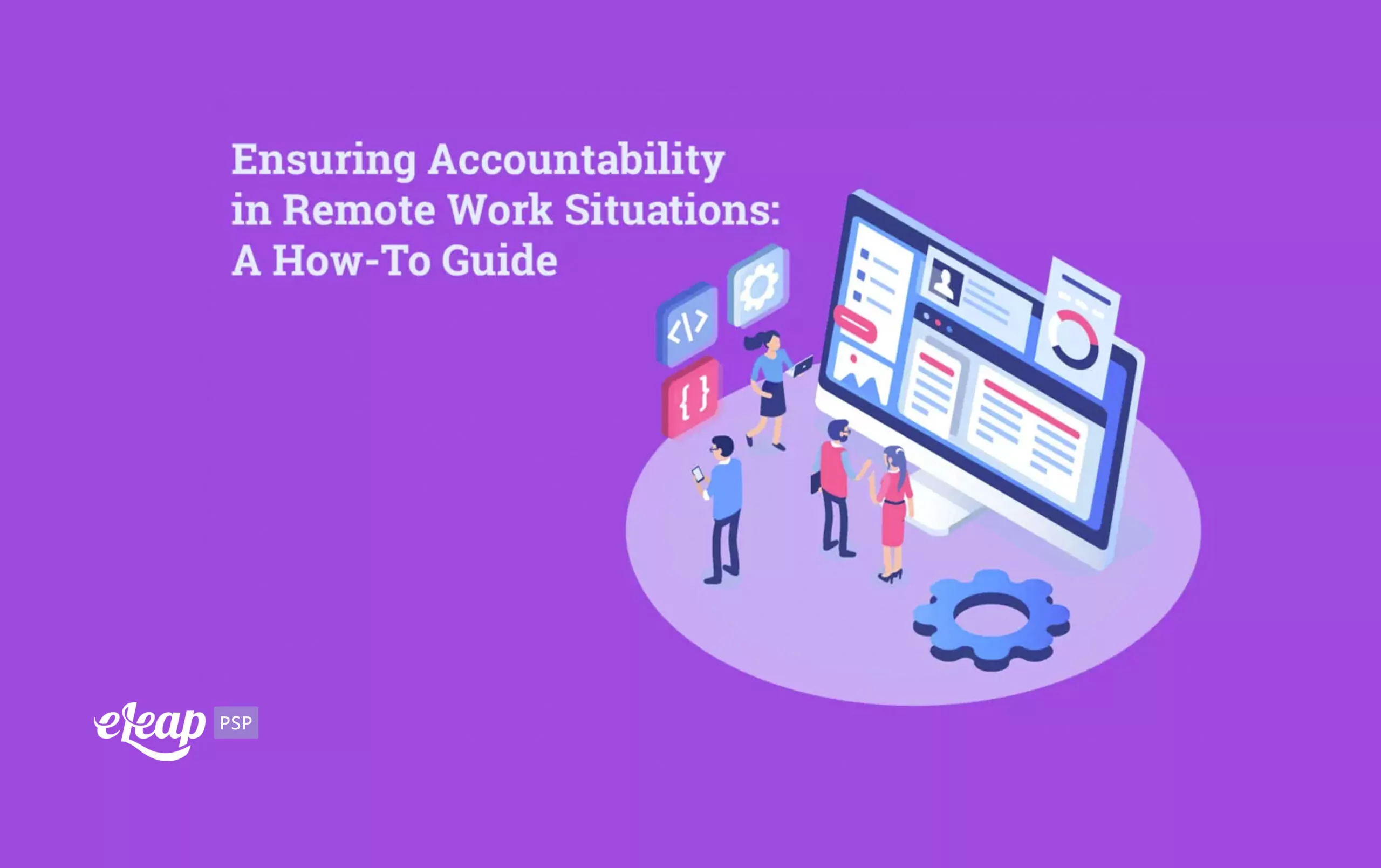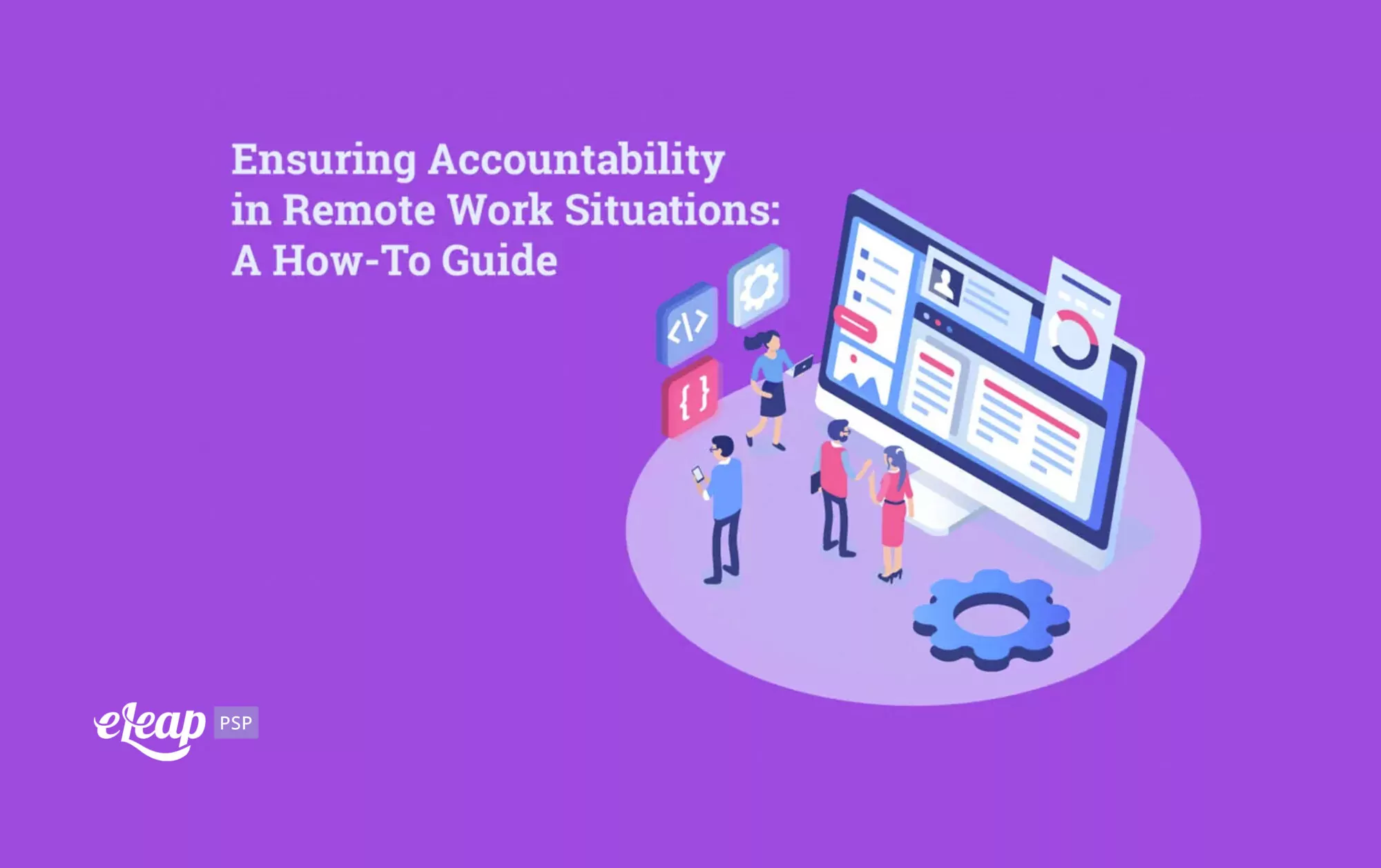Ensuring Accountability in Remote Work Situations: A How-To Guide

While many businesses have started to bring a limited number of employees back to their offices, remote work is going to remain the norm for the majority of employees and employers. While you might have been able to “tough it out” thus far without any formal strategy for ensuring that everything goes smoothly, chances are good that cracks are beginning to form in your façade. That’s particularly true when it comes to accountability with your teams.
Accountability can be one of the most challenging things to encourage in a remote work situation. After all, without being in the physical workplace together, your teams lack that standard social structure required to keep things in line and moving forward. How do you make sure that your people are not just engaged and communicating, but accountable and responsible? We’ll explore some of the most important tips in this guide.

Communication Is Key
You probably knew this one was coming, but we’re going to cover it anyway. Communication is one of the cornerstones of accountability. Without it, there can be no responsibility.
Of course, you’re already at a disadvantage here because you can’t communicate face-to-face with those you manage. So, you’ll need to find tools to help overcome that issue. Zoom and Microsoft Teams are just two of your options for video conferencing; there are tons more out there.
What about those employees who resolutely insist on audio only in these situations? Really, the only way you can get around their stage fright is to make video mandatory. That doesn’t mean you have to crack the whip, though.
Find ways to make it fun – like team Spirit Week or something similar. Get people in the habit of connecting through video and they’ll be less hesitant to do so. Whatever you do, getting everyone on board with the idea is vital.
Video is just one form of communication. You need to use others, too, including email, text/chat, and tools like Trello or Slack that allow collaborative file sharing and the like.
Be Clear with Expectations
Another major point is to ensure you’re setting clear expectations. You might think that now that you’re months into working remotely, it’s too late, but that’s not the case. It’s never too late to go back and clarify things, and your employees will likely thank you for doing so if the waters were particularly murky before.
So, what sorts of expectations should you set? They’re pretty vast and varied, but some of the more critical include the following:
- Attendance of all team meetings
- Participation in all team conversations
- Set a schedule for direct communications with each team member
- Make sure all team members have contingency plans in case of technological failure
- Set out any consequences of violating mandatory guidelines
- Be 1,000% clear in team member duties and responsibilities
While the information above probably sounds like you need to be a stickler for the details, it’s also important that you take a compassionate stance to the entire situation. Realize that your team members are struggling with an unprecedented situation. Many of them may have never worked from home a day in their lives. Remember that you need to give to get, and that applies to flexibility and compassion in remote work situations.
Measure Output, Not Desk Time
In the old, in-person work situation, performance was often at least partially measured by “desk time”. That is, if a person was at their desk, doing what they were supposed to be doing, you assumed they were being at least mostly productive. That’s out the window now.
Desk time no longer exists. Because of that, you need to find new ways to measure productivity and ensure accountability. One way to do that is to shift from the desk time mentality to the output measurement one.
What does that mean? Simply this – if your team members are creating the desired output, then they’re doing what they should be. Answer these questions:
- Is your team meeting required deadlines?
- Is each individual team member producing deliverables at or above the desired pace?
- Do your team members communicate with and rely on one another?
If you answered yes to those questions, then you’re already heading in the right direction. Of course, it can be challenging to get yourself into this mindset, so take the time to make the required mental adjustments.
Accountability Tools Can Help
For managers deeply concerned with accountability and traceability on their teams, the right tools can help. We’ve already touched on Trello and Slack, both of which can be both communication and accountability tools by providing audit trails, information sharing, and other important elements. Other options include Asana and Sococo. Even Google’s G Suite can be helpful, as you can track changes, make inline suggestions on documents, and more that help keep everyone on the same page.
Here’s a course to help with organizational values.
Find Ways to Engage Team Members
In most cases, productivity is looked at as an employee-only sort of thing. For instance, Bob is responsible for his own productivity, and Mary has nothing to do with it. The truth is that, like everything else humans do, the situation is more complex than that.
Casual workplace interactions help build teamwork and foster a sense of team identity. They provide the ground upon which accountability is grown. You don’t have that in a remote work situation, so you’ll need to build it in.
Set aside specific days, times, and methods for the team to interact and communicate with one another. You might decide to have a virtual happy hour every week, or show and tell every now and then. The point is to get people together and let them do what humans do – interact with one another.
Accountability Will Come
While accountability won’t show up on its own, the steps above will help ensure that it does come. And remember – flexibility and compassion are just as critical during these trying times as a firm guiding hand.